15 Of The Most Bizarre Books Ever Written (Part I)
They say that a book is supplement for soul but some books look like if they were inspired from an horror or a sci-fi movie, makes you feel confused and not comfortable, in this post i will mention 5 books:
- Necronomicon:
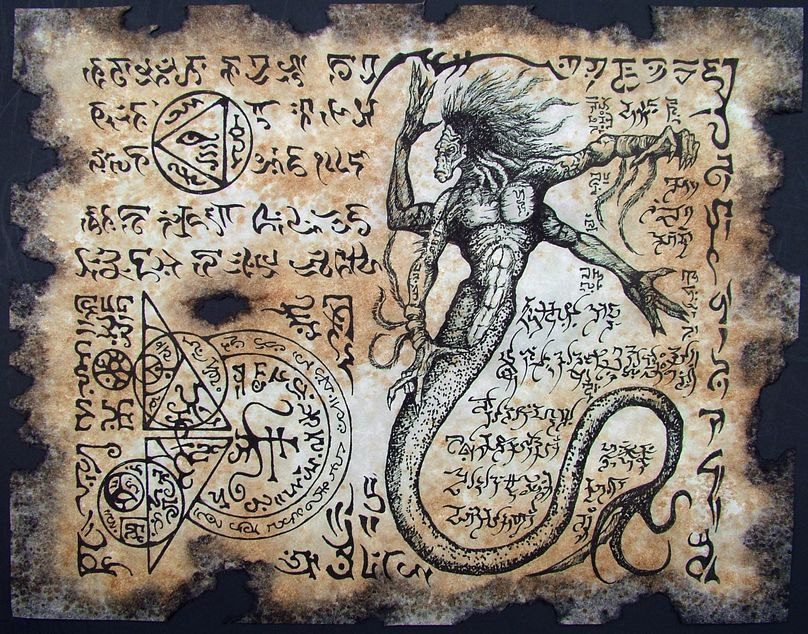
The Necronomicon was a creation of Abdul Alhazred known as “The mad Arab”, he was a seeker of forbidden knowledge in the world. Alhazred came from Sanaa in Yemen and lived around the year 700 AD not one to be satisfied with the answers given by Islam. He traveled extensively including visiting the ruins of Babylon the center of Mesopotamia and he spent numerous years alone wandering the great endless deserts of southern Arabia nobody knows what he encountered out there where not many dare to wonder that deep into so hostile and unknown land, but what happened to him it must be horrific, he settled down in Damascus where he created the book called “ Al-Azif” ; a term used by Arabs to designate that nocturnal sound made by insects supposed to be the howling of demons, now we know it as Necronomicon.
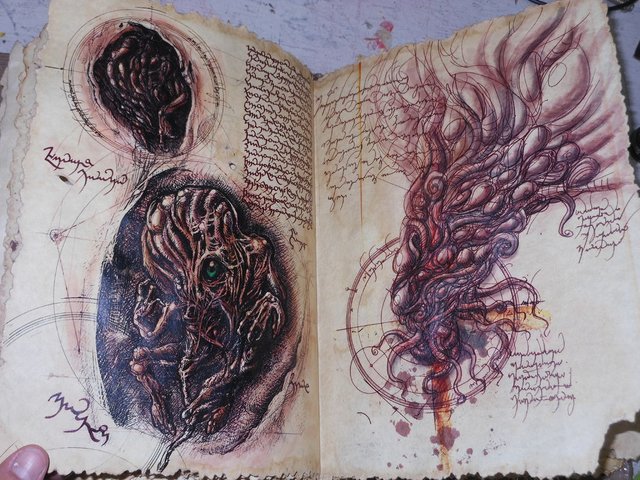
Soon after writing it Alhazred suffered a faith most unbearable, the most reliable institute’s destruction comes from the statement of an Islamic Scholar in 738 AD that Alhazred was seized by some force and pulled into the air and he was mold and mangled …
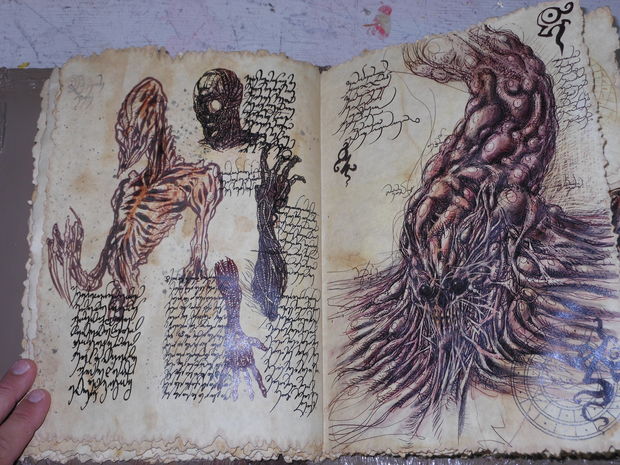
- Euthanasia: The Aesthetics of Suicide:
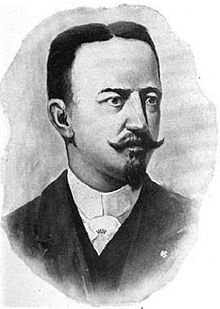
James Harden-Hickey had once written a book called Euthanasia: The Aesthetics of Suicide, showing that suicide was a powerful art form and "a privilege." He wrote that life wasn't so important or even worth living if one was to suffer, and stated clearly that "it is of greater moment to live well than to live long, and that often it is living well not to live long." Destitute and depressed, he lived up to his ideology by living and dying as a strong proponent of suicide: James I, Prince of Trinidad, Baron of the Holy Roman Empire, took an overdose of morphine on February 9, 1898, in an El Paso, Texas hotel, when he could not sell his Mexican ranch that he acquired while living with the Flaglers. Found among his effects were a suicide note to his wife and his memorabilia from his glory days with him, including his hand-made crown.
This book describes the right way to suicide with multiple ideas, the book was ranked one of the most dangerous book because of the psychological effect that drives the reader to adopt Harden’s ideology of killing yourself if you are not happy with multiple ideas on how to do it the right way…
- Malleus Maleficarum(The Hammer of Witches):
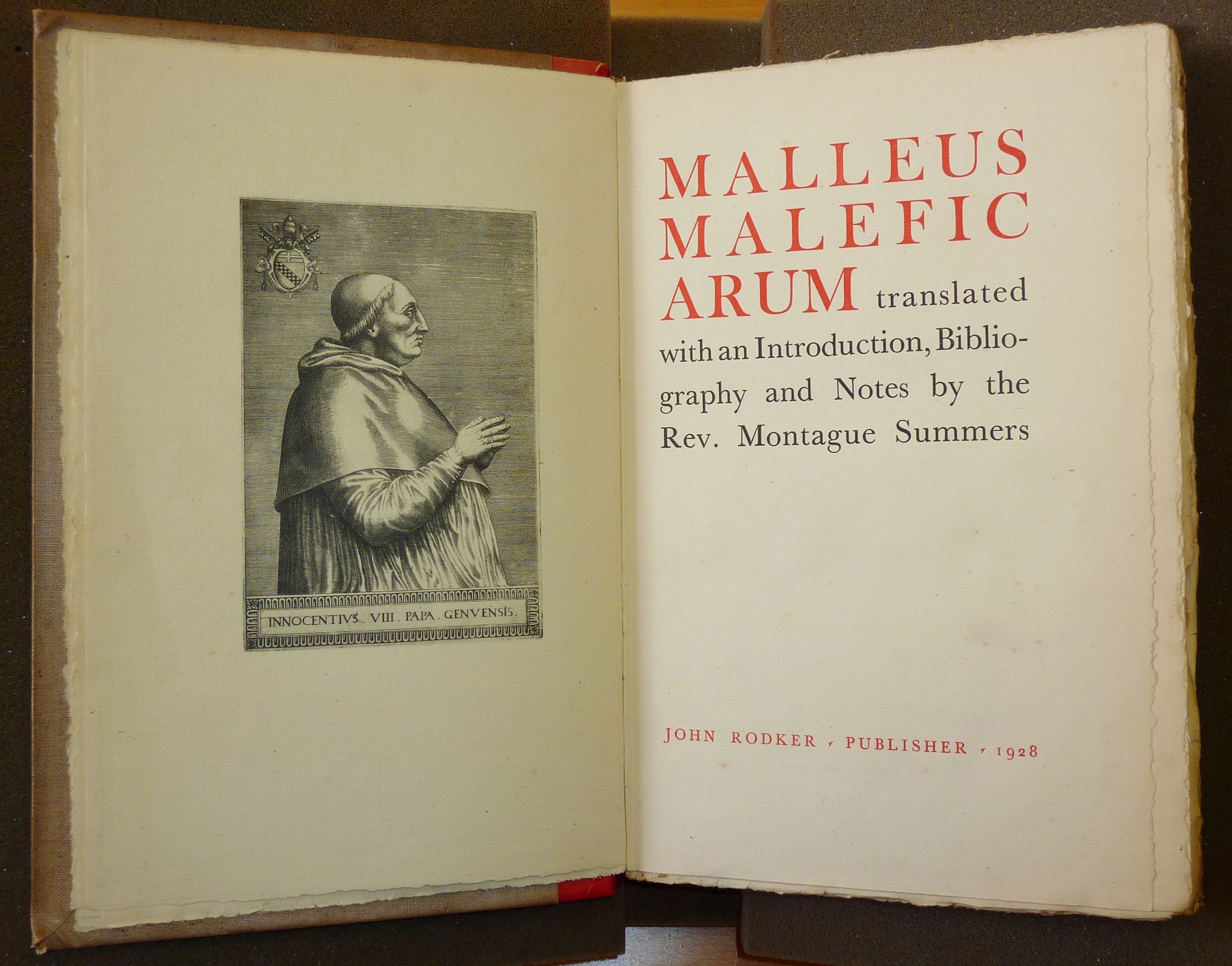
The Malleus elevates sorcery to the criminal status of heresy and prescribes inquisitorial practices for secular courts in order to extirpate witches. The recommended procedures include torture to effectively obtain confessions and the death penalty as the only sure remedy against the evils of witchcraft. At that time, it was typical to burn heretics alive at the stake and the Malleus encouraged the same treatment of witches. The book had a strong influence on culture for several centuries.
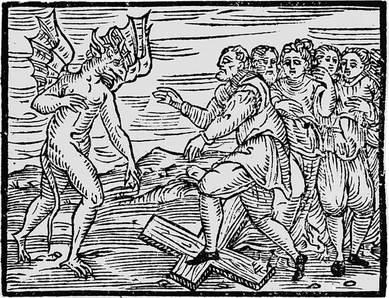
Jacob Sprenger's name was added as an author beginning in 1519, 33 years after the book's first publication and 24 years after Sprenger's death; but the veracity of this late addition has been questioned by many historians for various reasons.
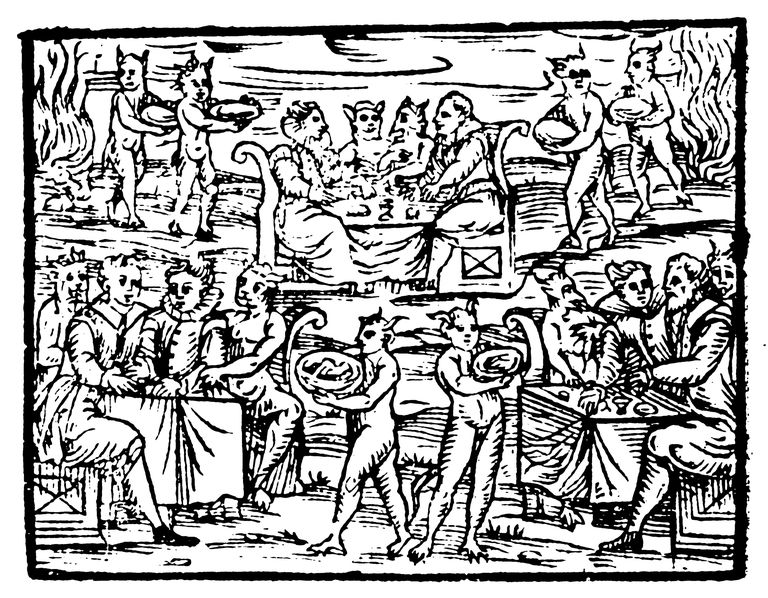
Kramer wrote the Malleus following his expulsion from Innsbruck by the local bishop, due to charges of illegal behavior against Kramer himself, and because of Kramer's obsession with the sexual habits of one of the accused, Helena Scheuberin, which led the other tribunal members to suspend the trial.
It was later used by royal courts during the Renaissance, and contributed to the increasingly brutal prosecution of witchcraft during the 16th and 17th centuries.
The book was the cause of 1 to 2 million deaths of women.
- The Protocols of the Elders of Zion:

The Protocols of the Elders of Zion or The Protocols of the Meetings of the Learned Elders of Zion is an antisemitic fabricated text purporting to describe a Jewish plan for global domination. The forgery was first published in Russia in 1903, translated into multiple languages, and disseminated internationally in the early part of the 20th century. According to the claims made by some of its publishers, the Protocols are the minutes of a late 19th-century meeting where Jewish leaders discussed their goal of global Jewish hegemony by subverting the morals of Gentiles, and by controlling the press and the world's economies.
Henry Ford funded printing of 500,000 copies that were distributed throughout the United States in the 1920s. The Nazis sometimes used the Protocols as propaganda against Jews; it was assigned by some German teachers, as if factual, to be read by German schoolchildren after the Nazis came to power in 1933, despite having been exposed as fraudulent by The Times of London in 1921. It is still widely available today in numerous languages, in print and on the Internet, and continues to be presented by some proponents as a genuine document.
- Codex Seraphinianus:
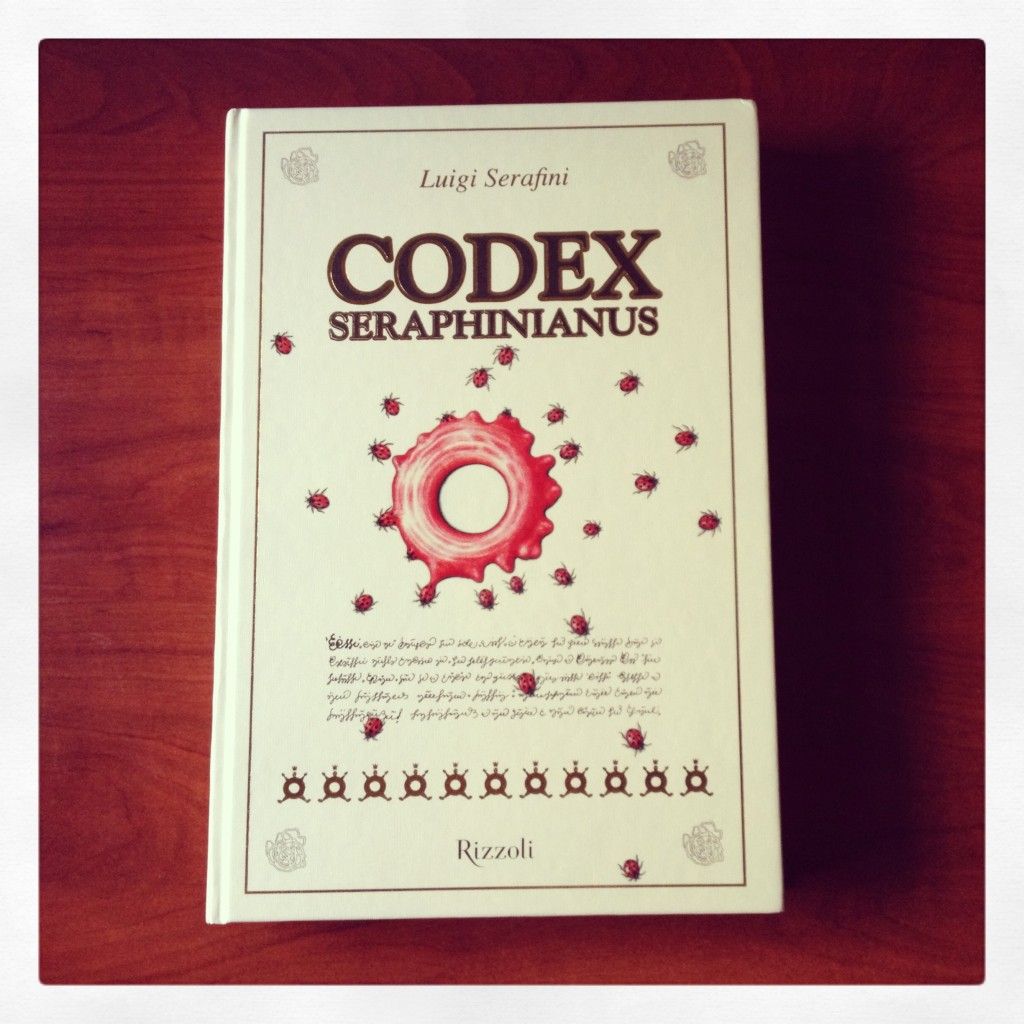
Codex Seraphinianus, originally published in 1981, is an illustrated encyclopedia of an imaginary world, created by the Italian artist, architect, and industrial designer Luigi Serafini during thirty months, from 1976 to 1978. The book is approximately 360 pages long (depending on edition), and written in a cipher alphabet in a constructed language.
The book is an encyclopedia in manuscript with copious hand-drawn, colored-pencil illustrations of bizarre and fantastical flora, fauna, anatomies, fashions, and foods. It has been compared to the still undeciphered Voynich manuscript, the story "Tlön, Uqbar, Orbis Tertius" by Jorge Luis Borges, and the artwork of M. C. Escher and Hieronymus Bosch.

The illustrations are often surreal parodies of things in the real world: bleeding fruit; a plant that grows into roughly the shape of a chair and is subsequently made into one; a copulating couple that metamorphoses into an alligator; etc. Others depict odd, apparently senseless machines, often with a delicate appearance, kept together by tiny filaments. There are also illustrations readily recognizable as maps or human faces. On the other hand, especially in the "physics" chapter, many images look almost completely abstract. Practically all figures are brightly coloured and rich in detail.
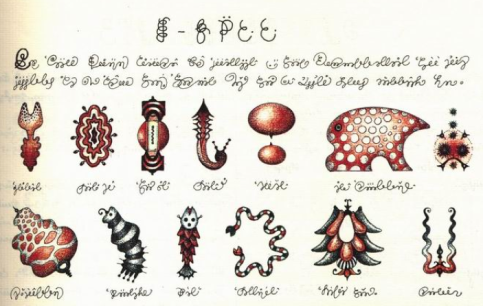

Congratulations @bullseyed! You received a personal award!
Happy Birthday! - You are on the Steem blockchain for 1 year!
Click here to view your Board
Congratulations @bullseyed! You received a personal award!
You can view your badges on your Steem Board and compare to others on the Steem Ranking
Vote for @Steemitboard as a witness to get one more award and increased upvotes!